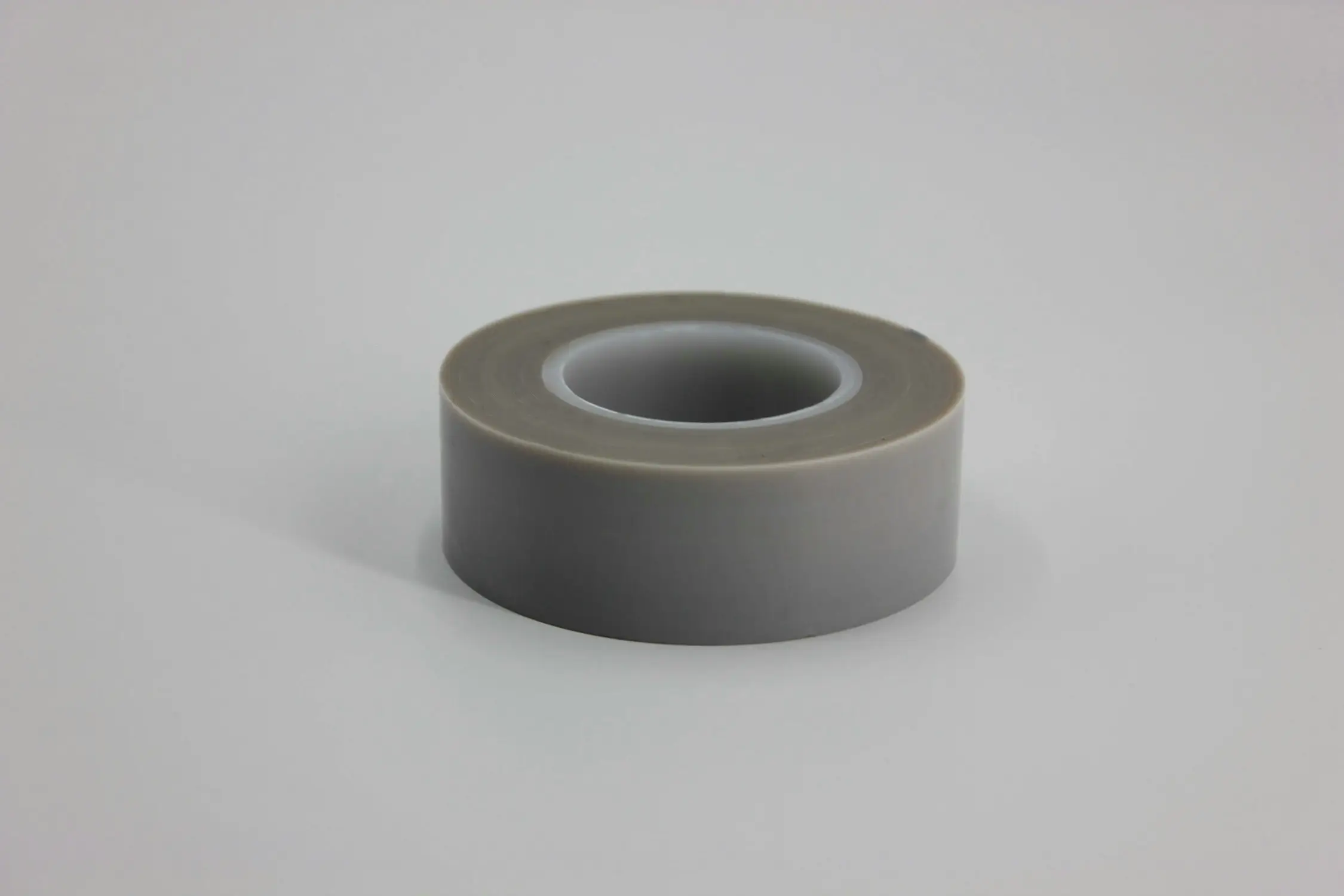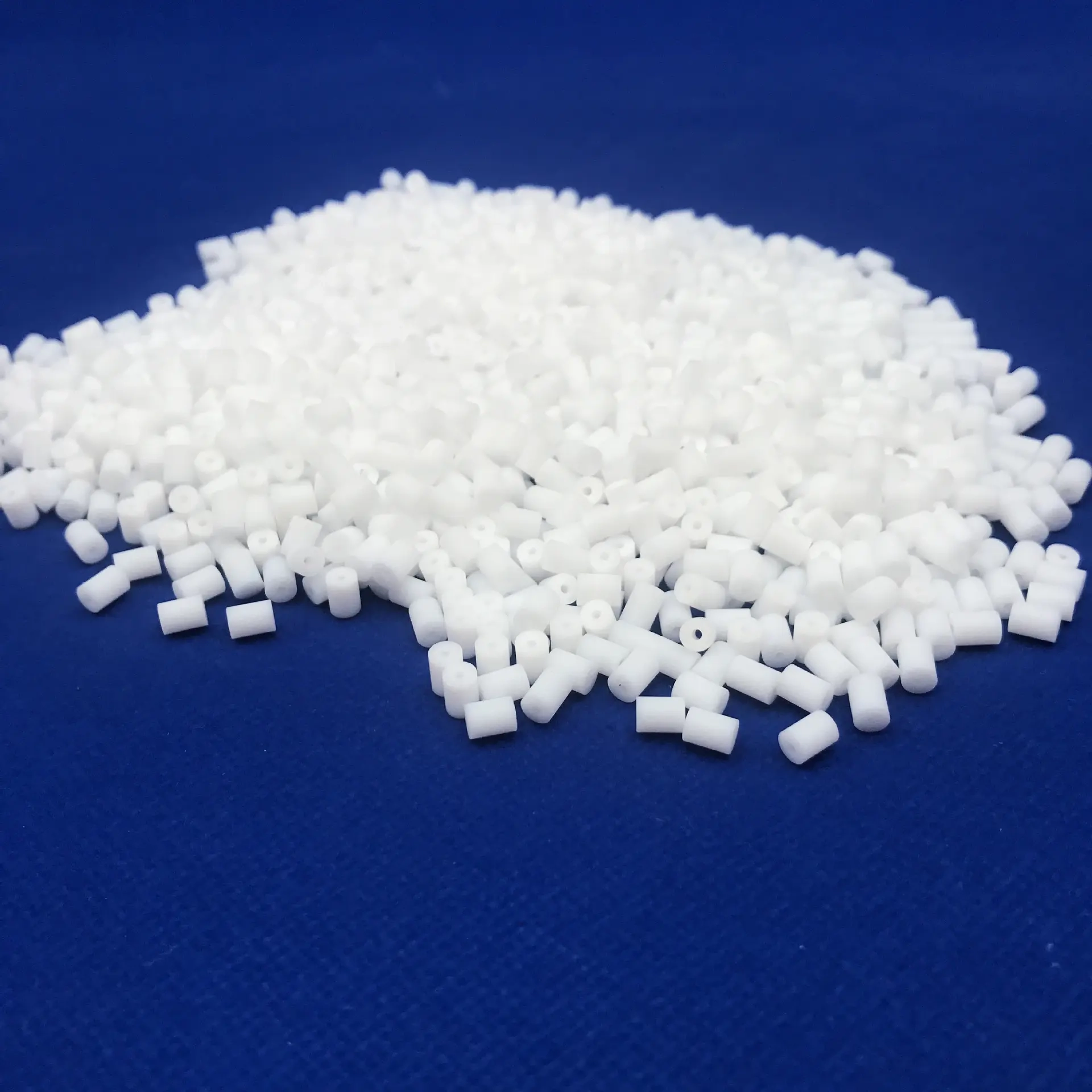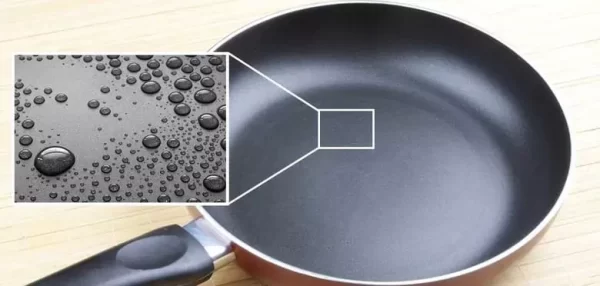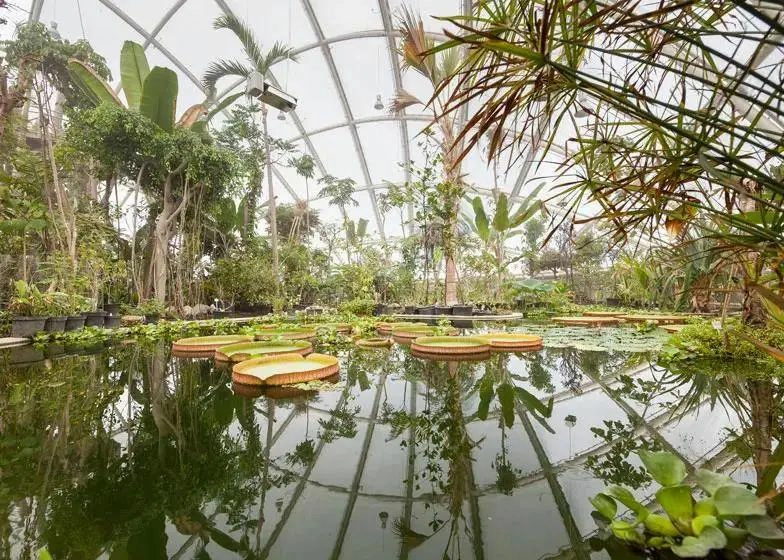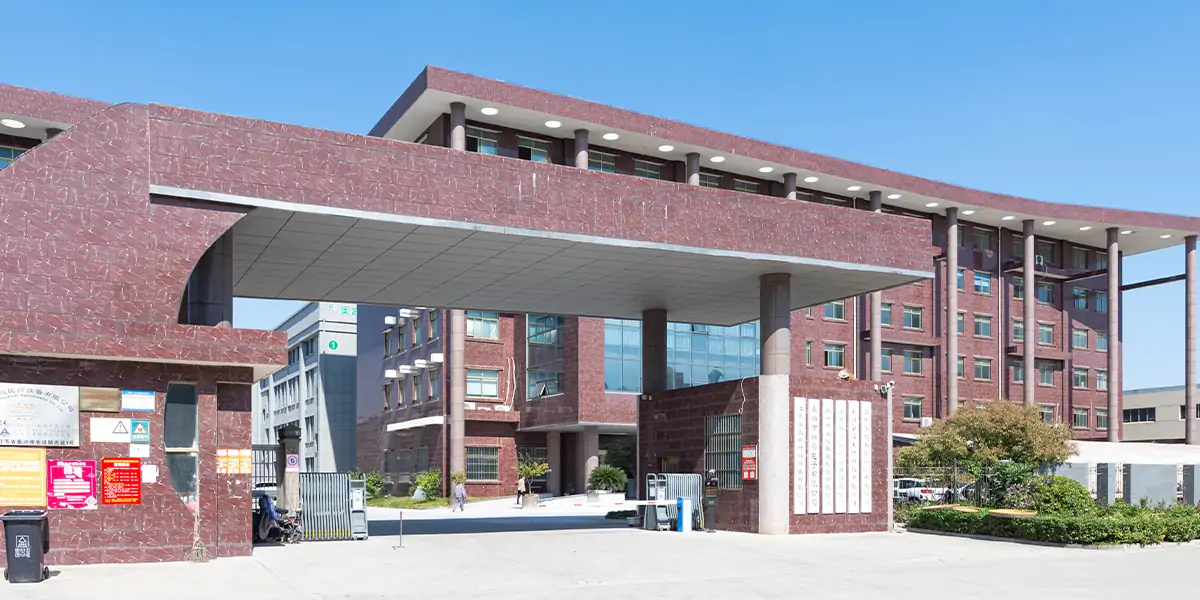Polytetrafluoroethylene (PTFE) is a remarkable synthetic polymer renowned for its versatility and exceptional properties. In industries ranging from manufacturing to food processing, PTFE plays a pivotal role, thanks to its unique characteristics. At the same time, fiberglass fabric, known for its durability and strength, is a key material used in various applications. In this article, we delve into the dynamic synergy that occurs when these two materials combine, resulting in the creation of PTFE coated fiberglass fabric. We will explore the advantages of PTFE coatings on fiberglass fabric, highlighting the impressive technical parameters that set this material apart.
The Power of PTFE
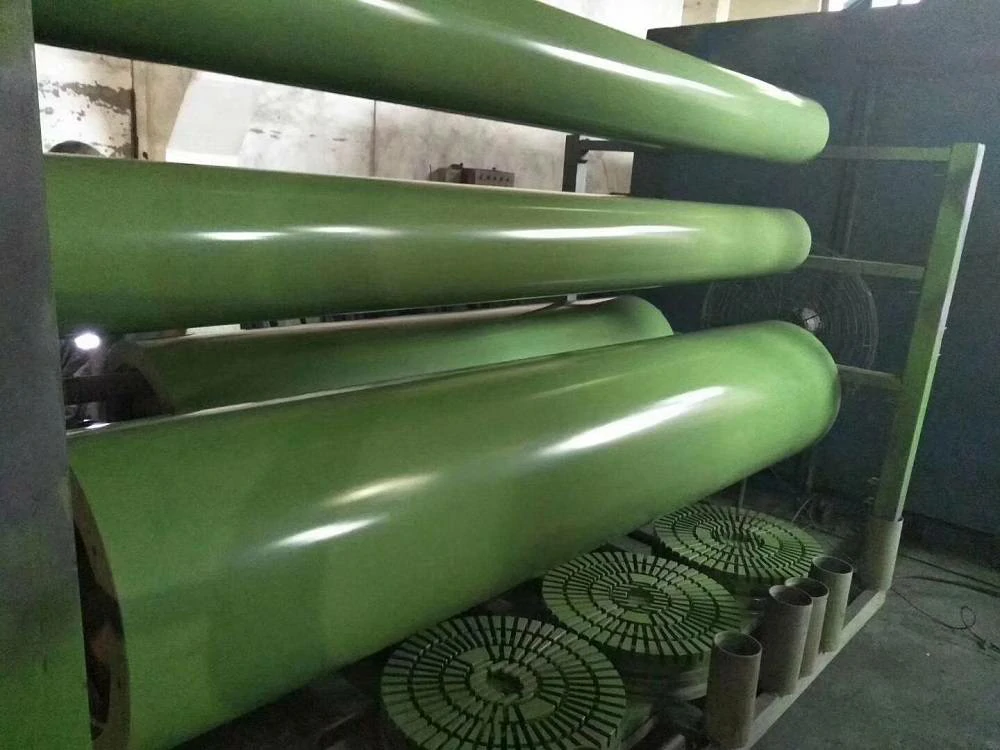
PTFE, often referred to by its brand name Teflon, boasts an array of impressive attributes. One of its standout features is its resistance to high temperatures. With a melting point of approximately 327°C (621°F), PTFE maintains its structural integrity even under extreme heat conditions. This remarkable heat resistance makes it a preferred choice for applications where exposure to elevated temperatures is commonplace.
Learn More About: <<What Is PTFE>>
Beyond its resistance to high temperatures, PTFE is also celebrated for its exceptional chemical resistance. It is impervious to a wide range of chemicals, including acids, bases, and solvents. This resistance is a result of the unique molecular structure of PTFE, characterized by the presence of perfluorooctanoic acid chains. As a result, PTFE coated materials, such as fiberglass fabric, exhibit remarkable corrosion resistance, ensuring longevity in aggressive environments.
The Strength of Fiberglass Fabric
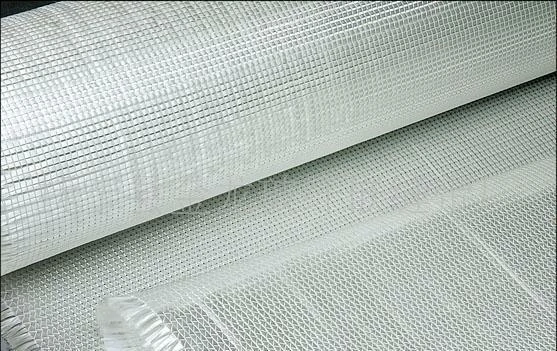
Fiberglass fabric, on the other hand, is known for its high tensile strength and abrasion resistance. It is composed of woven glass fibers that are exceptionally strong, yet lightweight. This material is commonly used in industries where durability is paramount, including construction, aerospace, and automotive manufacturing. Its versatility and reliability have made it a staple in numerous applications.
The Advantages of PTFE Coating
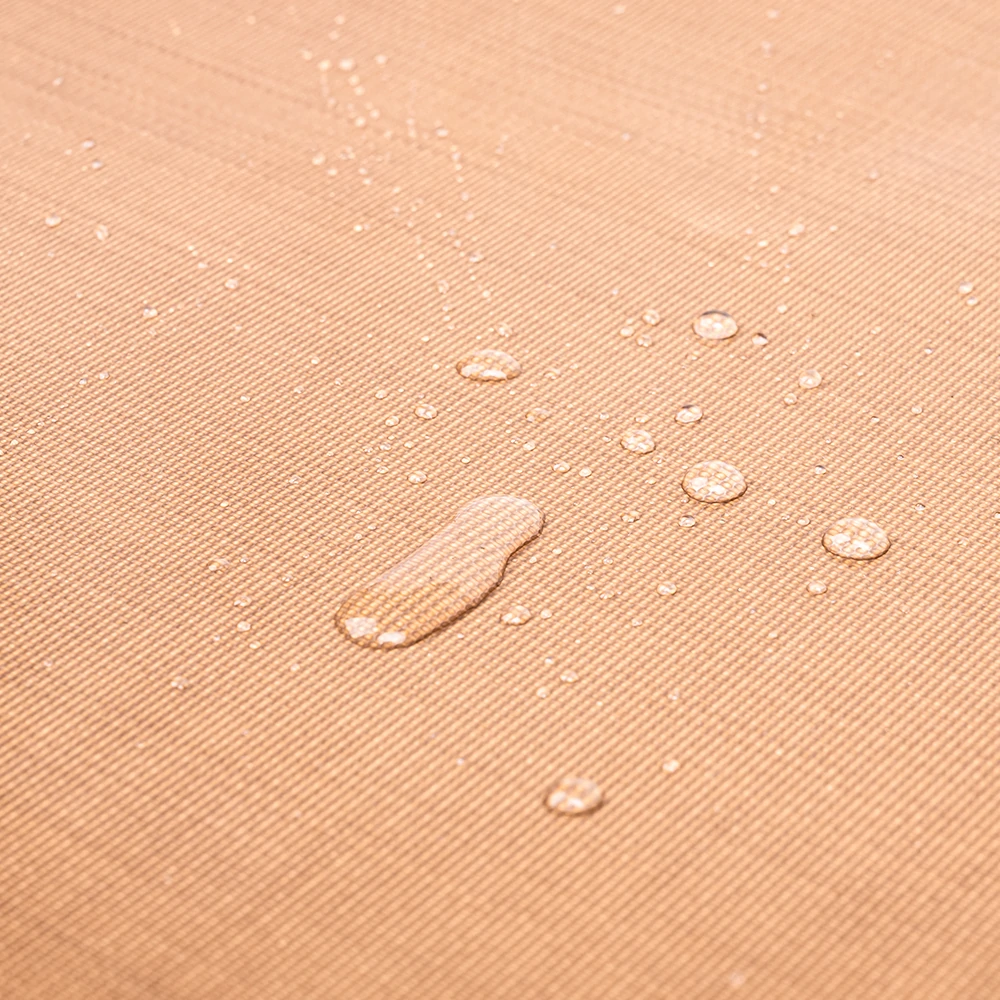
When PTFE and fiberglass fabric unite, the result is PTFE coated fiberglass fabric, which inherits the best properties of both materials. This hybrid material offers a compelling combination of high heat resistance, chemical resistance, and mechanical strength. With a dry film of PTFE applied to the surface of the fiberglass fabric, it becomes non-stick and exhibits a low coefficient of friction. This means that PTFE coated fiberglass fabric is not only resilient in high-temperature environments but also boasts a non-stick surface ideal for various industrial and cooking applications.
In the sections that follow, we will delve deeper into the technical details and explore the various applications where PTFE coated fiberglass fabric excels. From its highest operating temperature to its abrasion resistance, we will provide data-driven insights into why this material is in high demand across industries.
What is PTFE Coated Fiberglass Fabric?
Understanding the Marvel of PTFE Coated Fiberglass Fabric
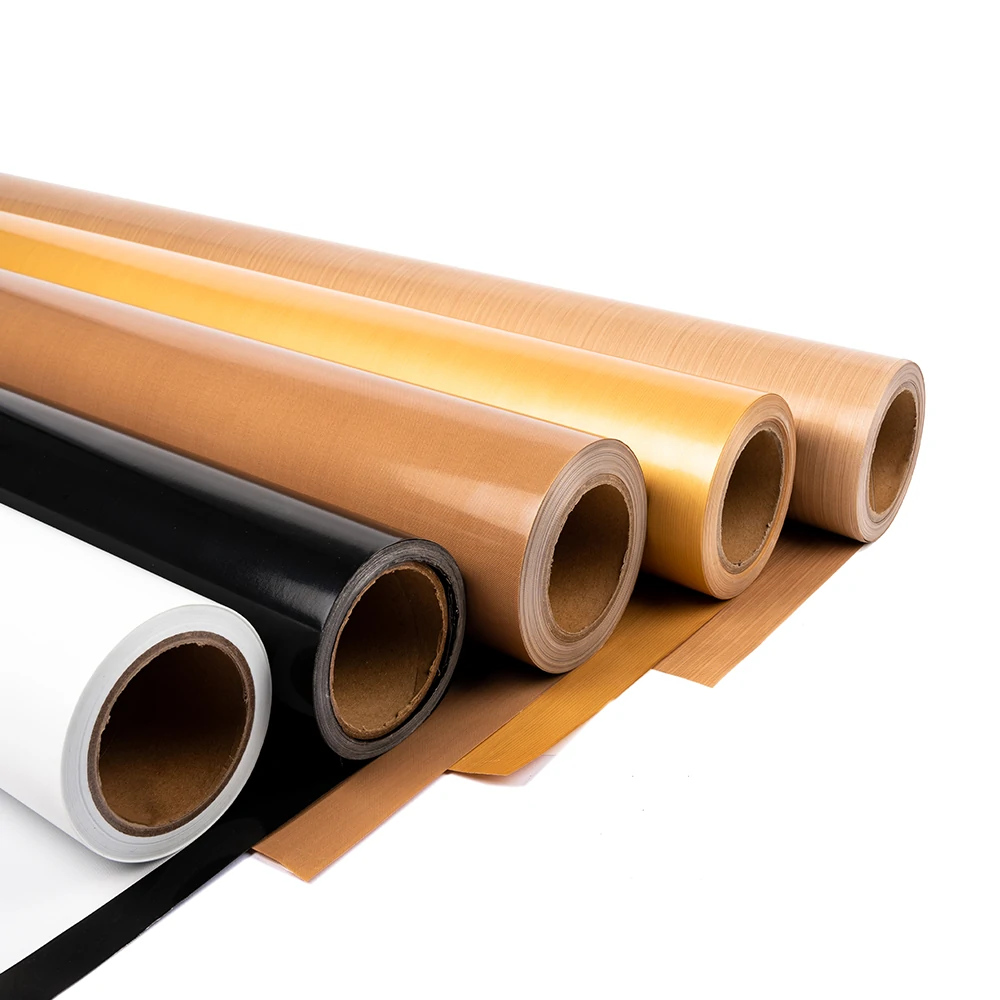
PTFE coated fiberglass fabric represents a perfect marriage between the exceptional properties of Polytetrafluoroethylene (PTFE) and the robustness of fiberglass fabric. This composite material exhibits a multitude of advantages that stem from the combination of these two remarkable components.
PTFE Content and Heat Resistance: At its core, PTFE coated fiberglass fabric is a fabric material that has been coated with PTFE, also known as Teflon. PTFE is celebrated for its resistance to high temperatures, making it a standout choice for applications where exposure to extreme heat is a concern. With a melting point of approximately 327°C (621°F), PTFE ensures that the fabric retains its structural integrity even in the hottest of environments.
Coating Process: The process of creating PTFE coated fiberglass fabric involves applying a dry film of PTFE onto the surface of the fiberglass fabric. This coating process is meticulously controlled to ensure uniformity and thickness. The result is a fabric that inherits the outstanding properties of PTFE while maintaining the inherent strength of fiberglass.
Low Coefficient of Friction: One of the standout features of PTFE coated fiberglass fabric is its low coefficient of friction. This means that the material offers a non-stick surface, making it ideal for applications where smooth and easy release is required. Whether used as conveyor belts in industrial settings or as baking sheets in the food industry, this non-stick property is highly advantageous.
Chemical Resistance: PTFE, with its perfluorooctanoic acid chains, provides exceptional chemical resistance. When applied as a coating on fiberglass fabric, it imparts this resistance to the resulting material. PTFE coated fiberglass fabric can withstand exposure to a wide range of chemicals, ensuring longevity in corrosive environments.
Applications Across Industries
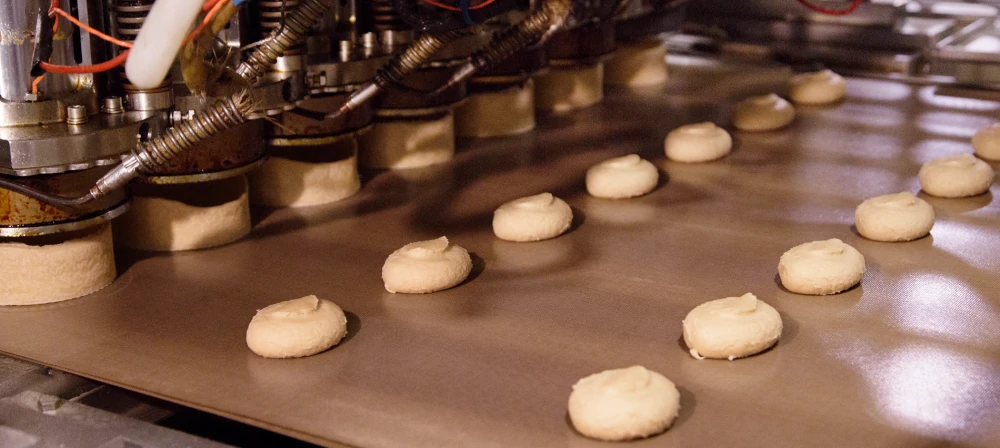
PTFE coated fiberglass fabric finds extensive use across various industries, thanks to its unique combination of properties. Some common applications include:
1. Food Industry: In food processing, PTFE coated fiberglass fabric is utilized as baking sheets and conveyor belts. Its non-stick surface and heat resistance make it invaluable for baking and cooking applications.
2. Industrial Sector: This fabric serves as conveyor belts in industries where high temperatures and abrasive materials are encountered. Its durability, low friction, and resistance to chemicals make it ideal for such demanding conditions.
3. Electrical Industry: PTFE coated fiberglass fabric is used as insulation material for wiring due to its electrical insulating properties and resistance to high temperatures.
4. Aerospace and Automotive: In these industries, the material is used for heat shielding and insulation applications, thanks to its heat resistance and lightweight nature.
5. Architectural Applications: PTFE coated fiberglass fabric is also used in architectural structures, such as tensioned membrane roofs, due to its durability and ability to withstand environmental exposure.
Advantages of PTFE Coated Fiberglass Fabric
Chemical Resistance
PTFE coated fiberglass fabric excels in its resistance to a wide array of chemicals. This resilience is attributed to the unique composition of PTFE. The presence of perfluorooctanoic acid chains in PTFE’s molecular structure creates a virtually impenetrable barrier against chemical agents. As a result, when fiberglass fabric is coated with PTFE, it inherits this impressive chemical resistance.
This characteristic is invaluable in industries where exposure to corrosive substances is common. PTFE coated fiberglass fabric remains unaffected by acids, bases, solvents, and many other chemicals, ensuring longevity in challenging environments.
High Temperature Resistance
One of the standout features of PTFE coated fiberglass fabric is its remarkable resistance to high temperatures. PTFE itself has a melting point of approximately 327°C (621°F), and when applied as a coating, it imparts this heat resistance to the fiberglass fabric substrate.
This property makes PTFE coated fiberglass fabric an ideal choice for applications where extreme temperatures are encountered. It can withstand the heat of industrial processes, hot cooking surfaces, and high-temperature machinery, all while maintaining its structural integrity.
Non-Stick Surface
The non-stick surface of PTFE coated fiberglass fabric is a game-changer in both industrial and domestic settings. This property is a result of PTFE’s low coefficient of friction. When used as conveyor belts, release sheets, or cooking mats, this fabric ensures that materials glide smoothly without adhering to its surface.
In industrial applications, this non-stick quality minimizes product waste and reduces downtime due to material build-up. In the kitchen, it simplifies cooking and baking processes while facilitating easy cleaning.
Durability and Strength
The addition of a PTFE coating enhances the already impressive durability and tensile strength of fiberglass fabric. Fiberglass fabric, known for its robustness, becomes even more resilient when coated with PTFE.
This durability ensures a longer lifespan for products made from PTFE coated fiberglass fabric. It can withstand wear and tear, making it suitable for demanding applications in various industries.
Electrical Properties
Beyond its resistance to heat and chemicals, PTFE coated fiberglass fabric exhibits excellent electrical insulation properties. This makes it a preferred choice for the electrical industry, where materials must insulate and protect against electrical currents.
Its ability to maintain its electrical insulating properties even in high-temperature environments further extends its utility in electrical applications.
Low Maintenance and Easy Cleaning
Thanks to its non-stick surface, PTFE coated fiberglass fabric requires minimal maintenance. This is a significant advantage in industrial settings, where equipment can operate smoothly without frequent stoppages for cleaning and maintenance.
In the kitchen, it simplifies cleanup, as food residues do not adhere to its surface. This not only saves time but also enhances hygiene.
UV Resistance
PTFE coated fiberglass fabric also demonstrates resistance to UV radiation. This property ensures that the material remains durable and stable when exposed to sunlight over extended periods. It is particularly beneficial in outdoor applications, such as tensioned membrane structures and architectural projects.
In the subsequent sections, we will explore specific applications where these advantages of PTFE coated fiberglass fabric shine, providing data-driven insights into how it enhances efficiency and performance in various industries.
Applications of PTFE Coated Fiberglass Fabric
Versatility Meets Efficiency
PTFE coated fiberglass fabric finds its way into a wide range of industrial and commercial applications, harnessing its unique combination of properties to enhance efficiency and performance. Here, we explore some key applications:
1. Food Industry
In the food industry, PTFE coated fiberglass fabric shines as baking sheets, conveyor belts, and cooking mats. Its non-stick surface ensures that food products release effortlessly, reducing the risk of damage and waste. Additionally, its heat resistance makes it a staple in ovens and grills.
Case Study: A prominent bakery increased its production efficiency by switching to PTFE coated fiberglass conveyor belts. The non-stick surface prevented dough from sticking, resulting in smoother operations and higher output.
2. Industrial Sector
PTFE coated fiberglass fabric is an integral part of industrial processes where high temperatures and abrasive materials are commonplace. It serves as conveyor belts, gaskets, and insulating materials. Its resistance to chemicals and abrasion ensures longevity.
Case Study: An automotive manufacturing plant incorporated PTFE coated fiberglass fabric in its heat sealing processes. The fabric’s heat resistance and non-stick properties significantly reduced maintenance and improved sealing quality.
3. Aerospace and Automotive
In aerospace and automotive applications, PTFE coated fiberglass fabric acts as heat shielding and insulation material. Its ability to withstand extreme temperatures is crucial in protecting sensitive components.
Case Study: A leading aerospace manufacturer utilized PTFE coated fiberglass fabric as thermal insulation in aircraft engines. The material’s heat resistance contributed to enhanced engine performance and longevity.
4. Electrical Industry
PTFE coated fiberglass fabric serves as an insulating material for wiring and cables in the electrical industry. Its electrical properties, combined with heat resistance, make it an ideal choice for insulating against high voltages and temperatures.
Case Study: An electrical equipment manufacturer improved the safety and reliability of its products by incorporating PTFE coated fiberglass insulation. This choice led to reduced heat-related failures.
5. Architectural Applications
Tensioned membrane structures in architecture benefit from the durability and UV resistance of PTFE coated fiberglass fabric. It serves as a reliable material for creating lightweight yet weather-resistant architectural features.
Case Study: An iconic stadium used PTFE coated fiberglass fabric in its retractable roof system. The material’s UV resistance ensured long-lasting performance while allowing natural light to filter through.
6. Printing Industry
In the printing industry, PTFE coated fiberglass fabric plays a crucial role as release sheets. It ensures that ink does not adhere to rollers and surfaces, leading to consistent and high-quality printing.
Case Study: A printing press adopted PTFE coated fiberglass release sheets, resulting in reduced downtime due to cleaning and improved print quality.
Data-Driven Efficiency
The effectiveness of PTFE coated fiberglass fabric in these applications is substantiated by data parameters. Its high heat resistance with a melting point of 327°C (621°F), low coefficient of friction, and chemical resistance make it a reliable choice for industries where performance and reliability are paramount.
As we delve deeper into each application, we will provide further insights into the specific technical parameters and data that support the fabric’s effectiveness in enhancing efficiency and productivity.
Comparison with Other Materials
Why PTFE Coated Fiberglass Fabric Reigns Supreme
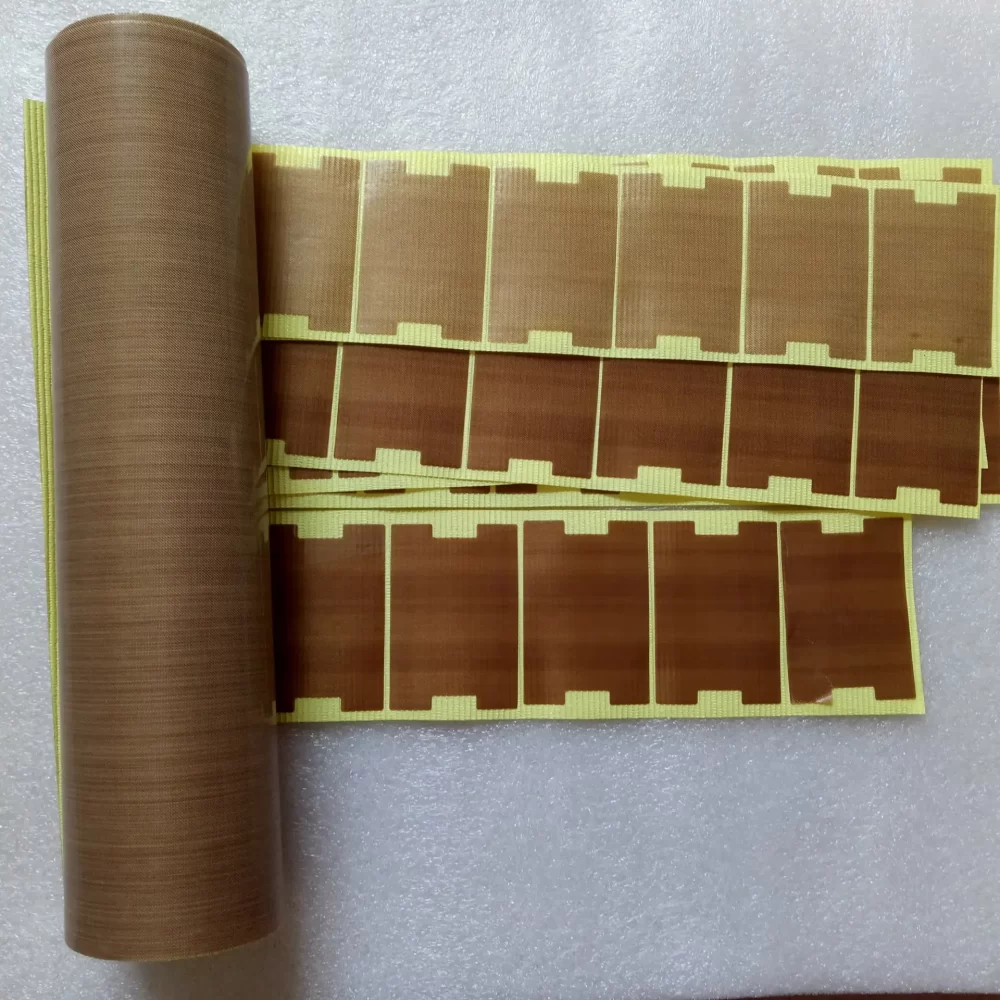
In the realm of high-performance materials, PTFE coated fiberglass fabric stands tall, offering a range of exceptional properties that set it apart from other materials in its category. Let’s explore how it compares to its counterparts:
Comparing with Conventional Fabrics
When compared to conventional fabrics, PTFE coated fiberglass fabric takes the lead in terms of heat resistance. While many fabrics may succumb to high temperatures, PTFE coated fiberglass fabric maintains its structural integrity even at temperatures as high as 327°C (621°F). This high heat resistance makes it a clear choice for applications where exposure to extreme temperatures is a concern.
Data Parameter: PTFE coated fiberglass fabric’s highest operating temperature: 327°C (621°F).
Versus Uncoated Fiberglass
Uncoated fiberglass fabric, while robust, lacks the non-stick surface and chemical resistance that PTFE coating provides. PTFE coated fiberglass fabric offers the durability and strength of fiberglass while adding a non-stick dry film of PTFE. This non-stick property minimizes material adherence and simplifies cleaning.
Data Parameter: PTFE coated fiberglass fabric’s low coefficient of friction ensures non-stick performance.
Against Metals and Plastics
In applications where metals and plastics are considered, PTFE coated fiberglass fabric shines due to its corrosion resistance and non-conductive properties. While metals may corrode over time, PTFE coated fiberglass fabric remains impervious to corrosion, making it a reliable choice in corrosive environments.
Data Parameter: PTFE coated fiberglass fabric’s chemical resistance ensures corrosion resistance.
In Comparison with Conventional Teflon Coatings
While conventional Teflon coatings are known for their non-stick properties, they may lack the structural strength of fiberglass fabric. PTFE coated fiberglass fabric combines the non-stick benefits of Teflon coatings with the durability and heat resistance of fiberglass, making it a versatile and superior choice.
Data Parameter: PTFE coated fiberglass fabric’s heat resistance complements its non-stick surface.
Versus Non-PTFE Coated Materials
Materials lacking PTFE coating may struggle with adhesive properties, especially in high-temperature and chemical-rich environments. PTFE coated fiberglass fabric excels in reducing material adhesion, ensuring smoother operations and less frequent maintenance.
Data Parameter: PTFE coated fiberglass fabric’s chemical resistance and low friction coefficient reduce material adhesion.
Environmental Impact and Safety
A Green and Safe Choice
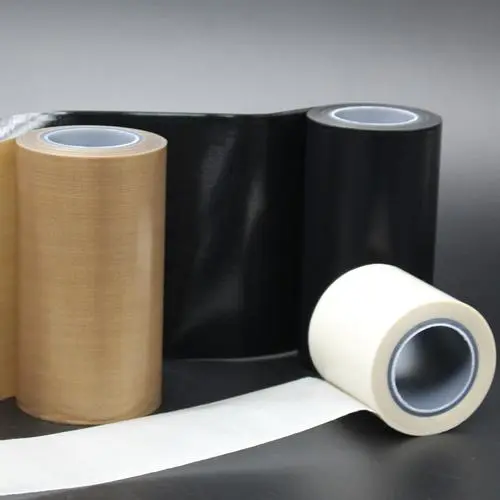
PTFE coated fiberglass fabric not only excels in performance but also makes a positive contribution to environmental sustainability and safety. Let’s delve into why this material is considered eco-friendly and safe for various applications:
Eco-Friendly Aspects
Low Emissions: PTFE coating processes are designed to minimize emissions. The application of the dry film is a controlled and efficient process, reducing the release of harmful substances into the environment.
Recyclability: PTFE coated fiberglass fabric can often be recycled, contributing to a reduction in waste. The fiberglass component can be recycled, and in some cases, the PTFE coating can be reclaimed for reuse.
Durability and Longevity: The durability of PTFE coated fiberglass fabric extends its lifespan, reducing the need for frequent replacements. This not only conserves resources but also minimizes the environmental impact associated with manufacturing and disposal.
Safety Considerations
Non-Toxic: PTFE is non-toxic and does not release harmful fumes or gases when exposed to heat. This is a crucial safety factor in applications involving food contact, such as baking sheets and cooking mats.
Chemical Resistance: PTFE coated fiberglass fabric’s resistance to chemicals ensures that it remains stable and safe even when exposed to corrosive substances. This makes it a reliable choice in industrial settings where safety is paramount.
Fire Safety: PTFE coated fiberglass fabric exhibits fire-resistant properties. It is self-extinguishing and does not support combustion, contributing to fire safety in various applications.
Electrical Insulation: In electrical applications, the non-conductive properties of PTFE coated fiberglass fabric enhance safety by insulating against electrical currents and preventing electrical accidents.
Regarding the safety of PTFE fabrics, please read “Is Teflon safe?“
Join the ranks of businesses and industries that have harnessed the power of PTFE coated fiberglass fabric to enhance efficiency, reduce costs, and improve safety. Whether you seek a material that can withstand high temperatures, resist chemicals, or simply make processes smoother, PTFE coated fiberglass fabric offers a compelling solution.


